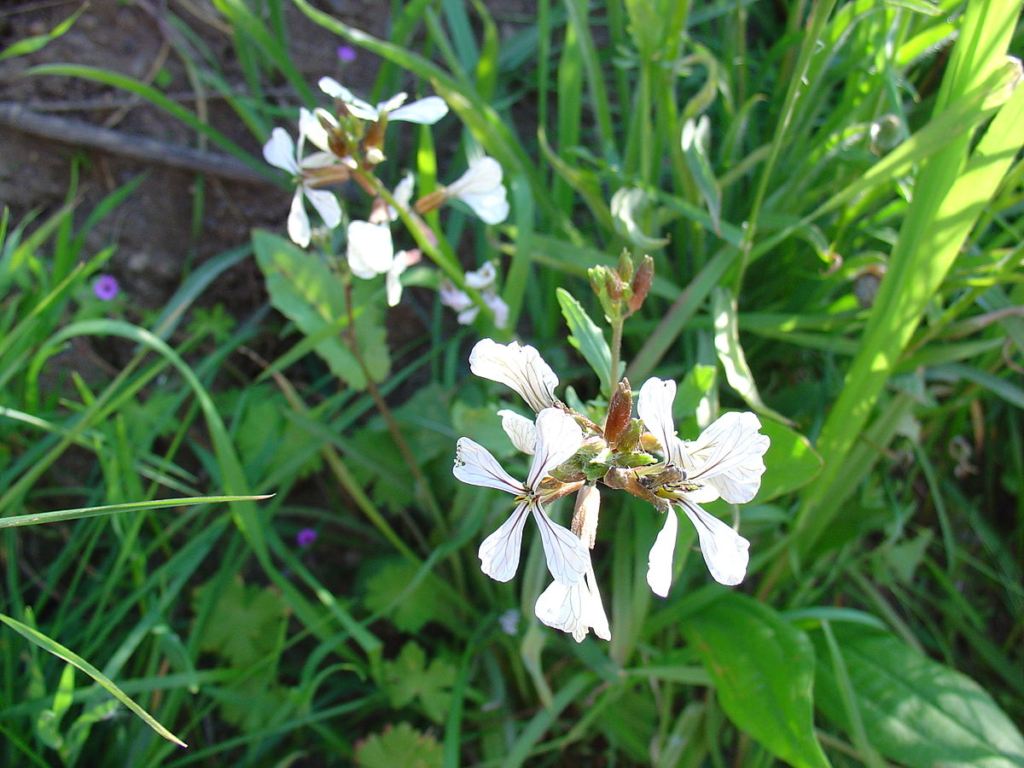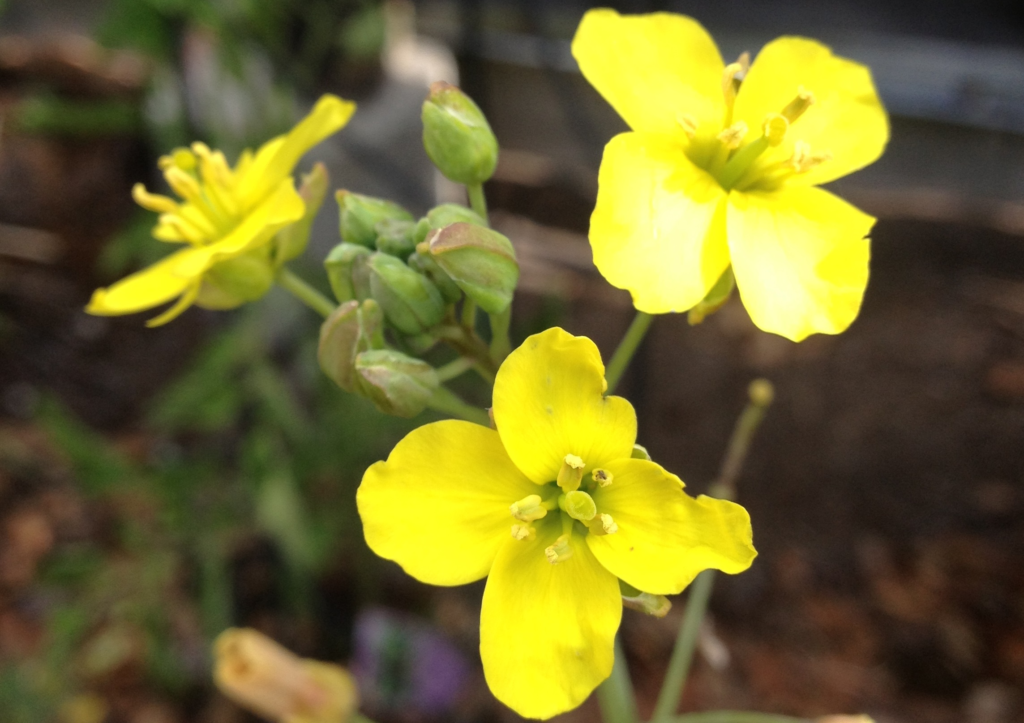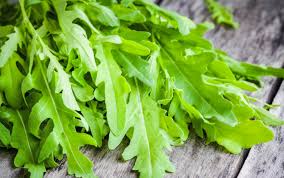Arugula, also known as rocket, is a fast-growing, flavorful green perfect for any garden. Whether you grow it in soil, containers, or hydroponic systems, arugula offers a delightful blend of nutrition and culinary versatility. Here’s an in-depth guide to cultivating this remarkable crop and maximizing its potential.
A Brief History of Arugula
Arugula (Eruca vesicaria) has been enjoyed for thousands of years. Ancient Romans valued its peppery leaves as both a culinary delicacy and an aphrodisiac. While it was shunned in medieval monasteries for its association with passion, it gained widespread recognition in folk medicine across Europe and India. Rich in vitamins C and K, minerals, and antioxidants, arugula supports cancer prevention, ulcer healing, and overall organ health.
Types of Arugula
Arugula varieties fall into three main categories, each suited to different growing conditions:
1. Garden Rocket (Eruca vesicaria ssp. sativa)
- Features broad, strappy leaves and edible white flowers.
- Rapid growth makes it a favorite for spring and autumn planting.
- Prefers cooler temperatures, and autumn crops last longer without bolting.
- Often survives winter with light protection.

2. Wild Arugula (Diplotaxis tenuifolia)
- Known for smaller, finely cut leaves and yellow flowers.
- Varieties like ‘Bellezia’ and ‘Dragon’s Fire’ offer improved disease resistance and unique flavors.
- Thrives in garden beds or containers.

3. Annual White Rocket (Diplotaxis erucoides)
- Also called Wasabi arugula for its sharp, peppery taste.
- Best grown as an autumn crop, as it bolts quickly in warmer weather.
Succession Planting: Prolonging Your Harvest
Arugula’s quick growth can be both a blessing and a challenge. Bolting, triggered by heat, drought, or extended daylight, shifts the plant’s energy from leaves to flowers. Combat this by succession planting:
- Sow seeds every three weeks in spring and early summer.
- For fall, plant arugula two months before the first frost and again three weeks later.
Direct sowing works best, as seeds germinate quickly—usually within five days. Thin seedlings as they grow, and transplant extras to new spots or containers. Harvest leaves individually or cut baby greens just above the crown for continuous regrowth.
Container Gardening for Clean, Healthy Leaves
Arugula’s shallow root system makes it ideal for containers. Benefits include:
- Clean leaves: Reduced soil splash keeps foliage pristine.
- Pest resistance: Containers deter flea beetles, which cause tiny holes in leaves.
To extend your growing season, transplant garden arugula into pots and bring them indoors. With adequate sunlight or supplemental lighting, these plants can thrive well into winter.
Saving Arugula Seeds
Take advantage of arugula’s tendency to bolt by letting a few plants produce seeds. Follow these steps:
- Allow seed pods to mature on the plant until they turn brown.
- Stake plants if needed to keep pods off the ground.
- Snip seed-bearing branches and dry them indoors in a box.
- Collect seeds for planting next season.
Saving seeds not only ensures a fresh supply but also allows you to share the bounty with fellow gardeners.
Final Tips for Success
- Plant in cool seasons for the best results.
- Protect autumn crops from frost to prolong harvests.
- Experiment with different arugula varieties to find your favorite flavor profile.
Whether you prefer it as a salad green, a bold garnish, or even for its edible flowers, arugula offers unmatched versatility. By following these tips, you’ll enjoy fresh, homegrown arugula for months to come.
